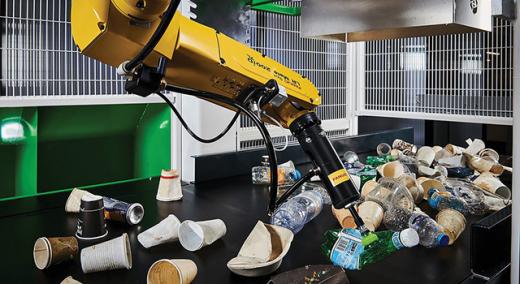I responded recently to a LinkedIn post regarding AI-assisted robotic recycling. The sorting speed is so fast, we almost miss each sort in the blink of an eye. Having observed this same activity attempted by humans—and overlooking the upstream potential to avoid this kind of recycling mess at the source (the wasteful consumer)—I’m all for the potential to pass off these kinds of tasks to machines.
|
ADVERTISEMENT |
Humans doing this work must operate at a much slower pace, risk injury, and aren’t as precise as the AI robot. And, of course, humans must also deal with the stench of garbage; these robots, at least, have no sense of smell to distract them from their work.
…

Add new comment